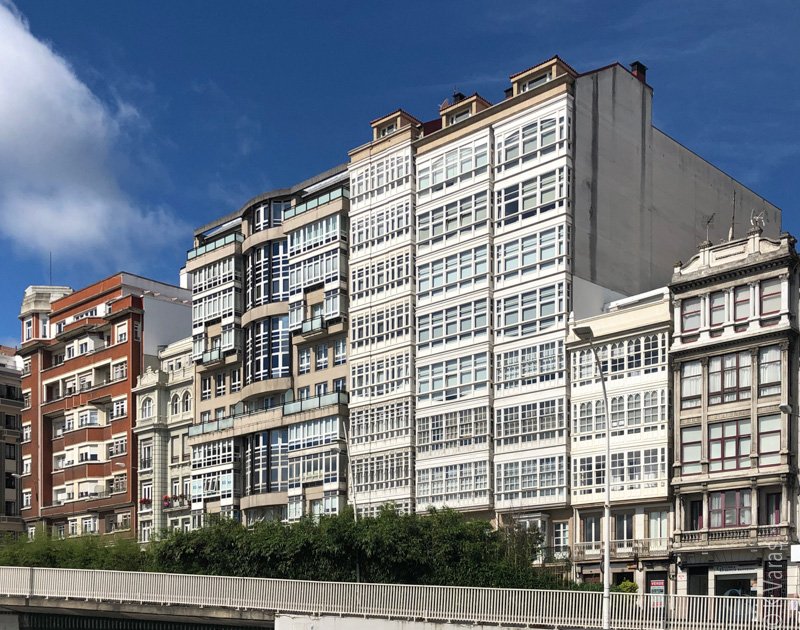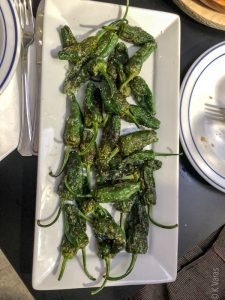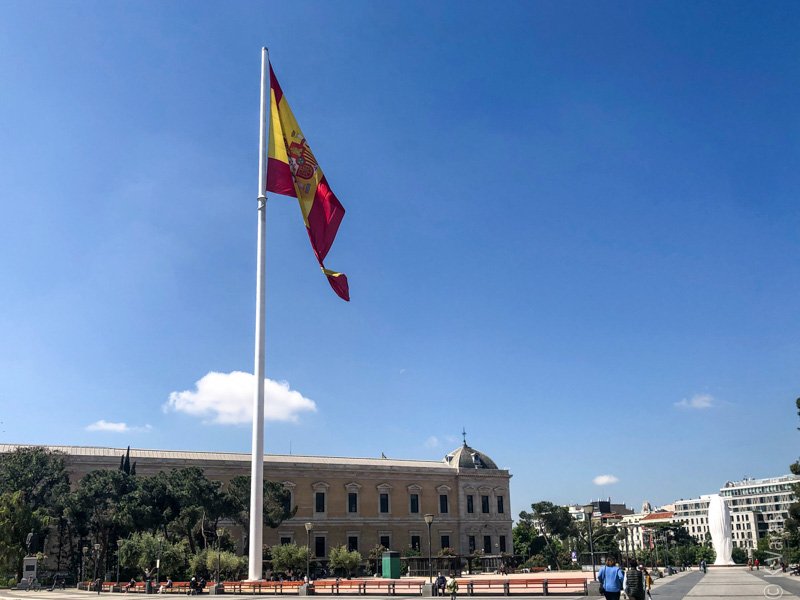
A Coruña, a First Look
It is a little different being in a new place but this time it’s feeling more like I’m visiting a friend rather than starting out as a stranger in a strange land, so to speak. I have to say I am very lucky to have as good a friend as Sagrario, largely because she knows so many nice people herself, and isn’t shy to share them with others. I’ve got a feeling Fely and I will get on great too. She and Sagrario go a long way back, supposedly, and I look forward to hearing lots about their youthful (and otherwise) shenanigans over the years. In the meantime, after a day of my getting my bearings (and checking out the neighbourhood and Fely’s shop), it was finally the weekend which meant she didn’t have to work late and had time and desire to show me around. Other than that tour of Dènia I got from Sagra, this was my only personalized orientation in a city so far. Unfortunately for you, dear reader, I took almost no pictures, mostly because I was too busy paying attention to what Fely was telling me, and, of course, chatting. Sorry!
A Coruña (or La Coruña in Spanish), is the largest city in Galicia, though not its capital. It is the capital of the province of A Coruña but in the past it used to be the political capital of the Kingdom of Galicia (XVI to XIX centuries) and the region’s administrative centre until replaced by Santiago de Compostela after Franco’s death. It only has some 245,000 residents but, perhaps because of its location, it is one of the most densely populated cities in Spain. The city’s centre (commercial, political, and cultural) sits on a promontory in the Golfo Ártabro, a large gulf on the Atlantic Ocean, which also means that as the population grows, there simply no way to expand except by going up, making it, on average, the tallest city as well (when looking at the mean-height of buildings). Other than a narrow isthmus connecting the centre to the rest of the city, this part, Monte Alto, is surrounded by water, so no matter which way you go, you’ll hit it.
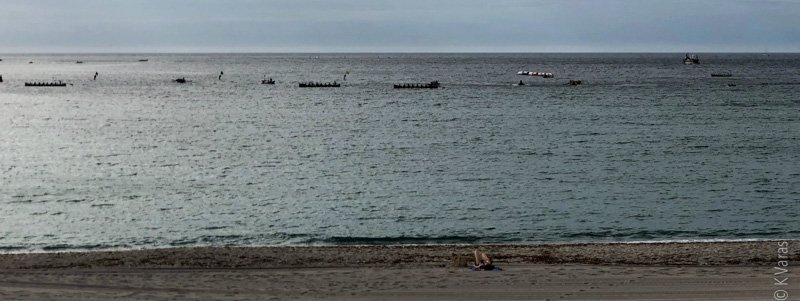
Being surrounded by water like that is also the reason for the local architecture. A Coruña is called The Glass City for a reason. I’m sure you are already quite versed in the typical architectural styles of Spain, at least in the cities I’ve been to, but there is a very noticeable difference to be found here: the classic balconies have been replaced by glass enclosures to protect the balconies from the cold and very windy storms coming from the Atlantic. The result is typically a wall of glass making the buildings’ façades glitter and sparkle in the sun, or, more frequently, reflect the grey skies above. I will take lots more pictures of these, I promise, but for now I managed to catch a couple of less traditional but very pretty (in my eyes) structures.
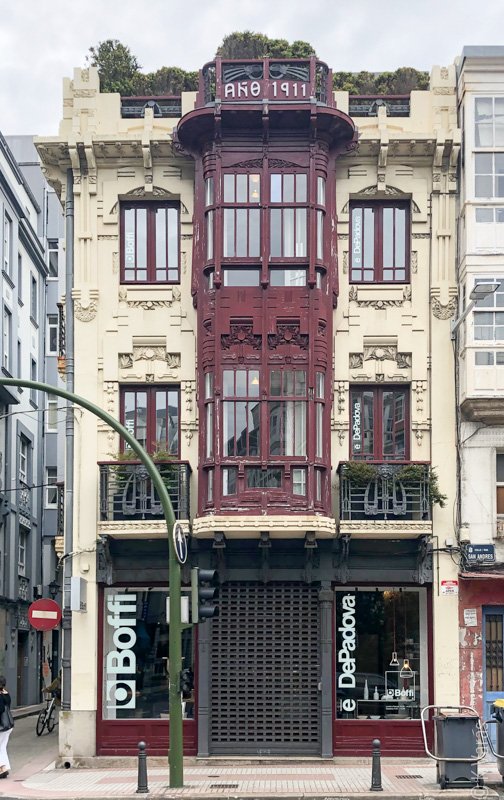
Fely took me through her neighbourhood in As Atochas, back towards Pescaría where the majority of shops and restaurants are located, and then to the west side and Playa del Orzán where we spotted some kind of race going on. We found a little bar with an amazing view to sit down and have a beer and get to know each other a bit. I am going to practice a lot of my Spanish here as Fely speaks some English but certainly prefers to make me work instead. I don’t mind, especially if it means I get some fun stories about her exploits with Sagrario. The trouble those two used to get into makes my life seem positively boring!
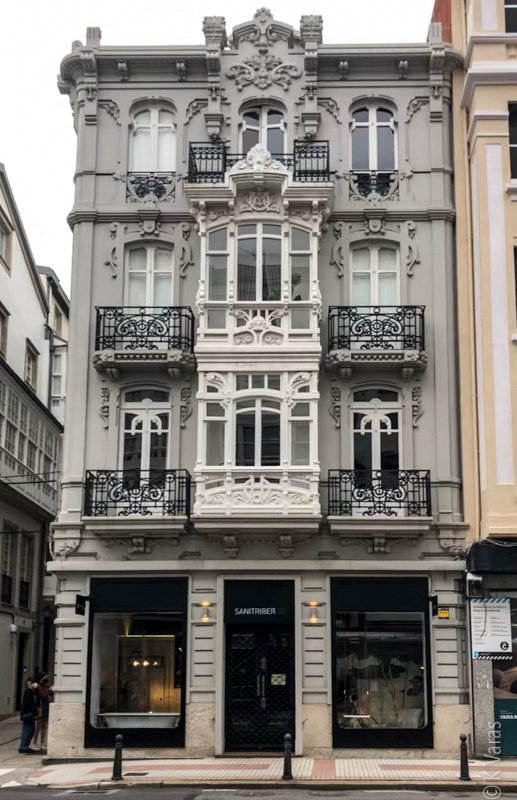
In the evening I knew she was going out with some friends so I was ready to have a quiet evening processing everything I had seen only to be surprised by an invitation to join them. And I am so glad I went! We met a couple of Fely’s buds, Paco and Roberto, who introduced me to some very good Galician wines and some typical tapas here. My favourites was, of course, the octopus (Pulpo a la Gallega), but the local peppers were amazing as well. I had tried them before since they come as side veggies in many a menú del día, but I didn’t realize that they were supposed to be hot, but only sometimes. Yes, it seems that when you eat pimentos de Padrón it is a matter of luck (or lack thereof) if you hit a particularly spicey one. I had not, until now, eaten a super hot one, so to my genuine pleasure and surprise, I did finally hit the jackpot which we immediately celebrated by downing some more wine.
After going solo for so long, it was really nice to finally be a part of a group and participate in a typical night out which involves finding a table at one of the many restaurants in the neighbourhood, ordering lots of wine and tapas, and spending the time just chatting away until the late hours. This is what I came to Spain for and I hope I can do more of it soon!
